Additive Manufacturing
It is increasingly common to use 3D printers in the production of various products, with the most varied materials. 3D printing by Fused Deposition Modeling (FDM ), for example, uses polymer in the form of a filament in printers. The Selective Laser Sintering (SLS ) type, on the other hand, is a method that produces 3D objects from granulated materials of ceramics, plastics and metals. There is also Stereolithography, a method that solidifies certain liquid resins with ultraviolet light.
Due to the advancement of technology in recent years, additive manufacturing has gained applicability in industries, mainly in the automotive and aerospace sectors, in addition to the evolution in the production of dental implants.

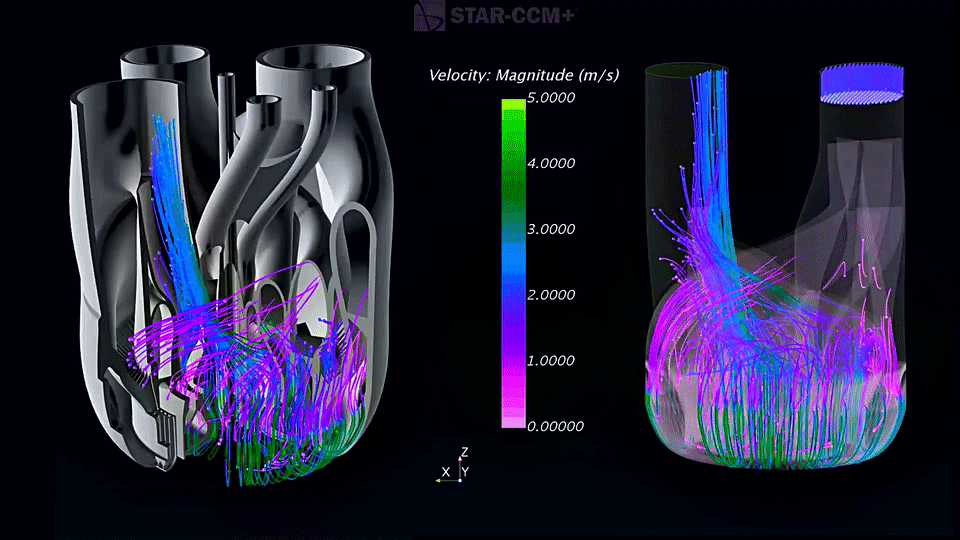
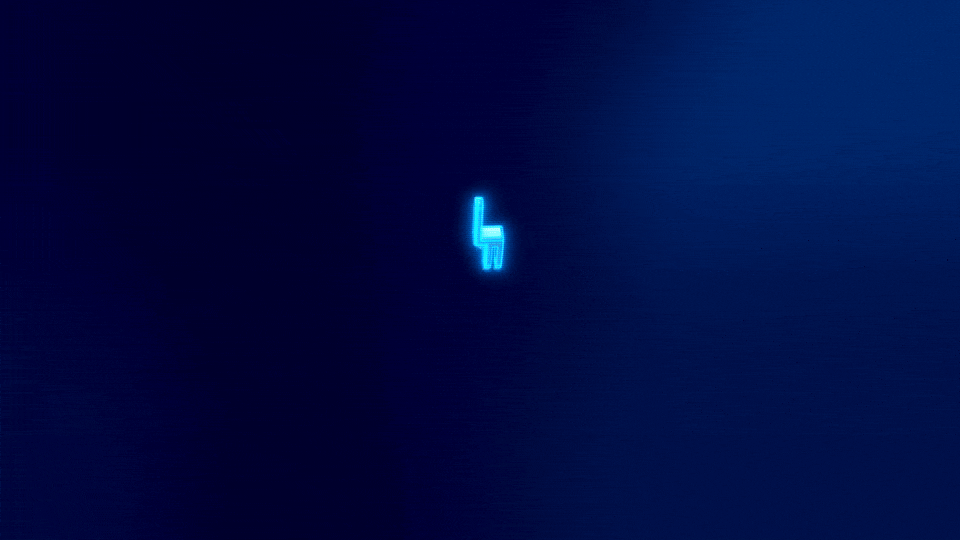
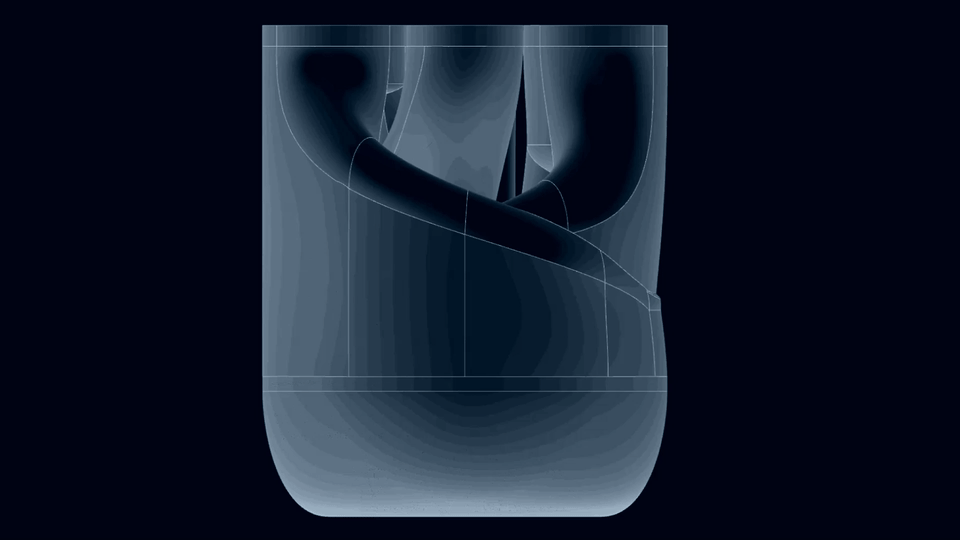



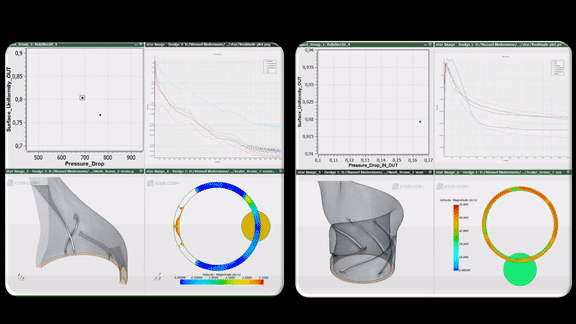
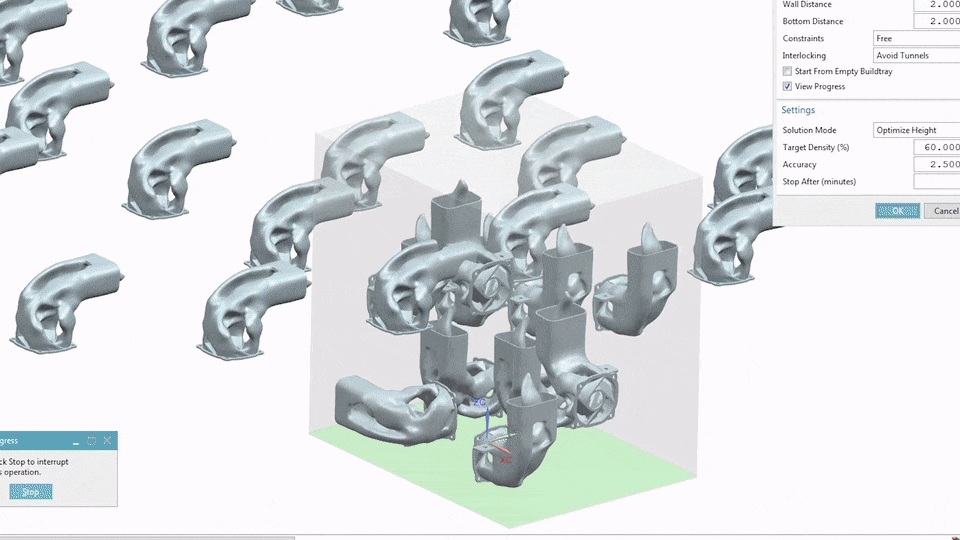
Advantages of Additive Manufacturing
Industrial additive manufacturing
Generative Engineering
Additive Manufacturing Project
Construction preparation
Construction simulation
Project validation
Machine Connectivity
Post processing
Solid Edge features
Explore new concepts with generative design
Geometry preparation for additive techniques
Direct output of models to your 3D printer
-
Cost: allows parts to be produced in small quantities, reducing the unit cost;
-
Speed: efficient production from the digital design to the physical model enables rapid prototyping;
-
Complexity: allows the creation of parts with complex geometries;
-
Customization: products are fully customizable according to needs;
-
Economy/Sustainability: the reduced use of material generates less waste and consumes little electricity.
NX provides all the capabilities to analyze from design to print and post-press. This allows you to rethink your product, reinvent the manufacturing process, and even reimagine business models with additive manufacturing technology.
NX enables you to create part designs ideal for additive manufacturing with built-in generative engineering tools such as design space exploration and various types of topology optimization.
AM ( Additive Manufacturing) solutions from Siemens Digital Industries Software allow you to design and print complex geometries at scale.
Efficient and quality output from the process requires proper setup. The built-in build prep tools in NX assist in placing, orienting part holders on the build tray as efficiently as possible.
Simulating the construction process can help your designers generate quality 3D prints at scale. From building orientation optimization to meso-scale deposition path optimization, NX has the tools your business needs to print successfully the first time.
NX allows the designer and manufacturer to validate their parts at every step of the process. Validate your part's printability, then simulate its performance in the field with built-in tools, getting support for printing production-ready parts.
Connect to the widest range of 3D printing hardware with Siemens NX. Whether you're printing on a flat powder deposition system or a multi-material, multi-axis system, NX has you covered.
Industrialized 3D printing requires robust post-processing software like NX. Printing is not the last step in the additive manufacturing process. Dust removal, part removal from the build tray, and post-process machining are all aspects of the complete additive manufacturing process, and all of these functions form part of Siemens' Additive Manufacturing (AM) suite of solutions.
Solid Edge supports your end-to-end workflow, from design to 3D printing techniques from the STL format, having tools for print setup and manipulation of the STL.
Generative design combines powerful design tools with topology optimization, allowing you to quickly create complex, lightweight shapes and highly customized lattices uniquely suited for 3D printing.
Seamlessly combine traditional solid “ b-rep ” models with triangular mesh models without time-consuming and error-prone conversions, reducing rework and supporting additive manufacturing processes for complex shapes.
Solid Edge supports outputting its part models to 3D printers using the 3D Print command . Name your parts in .stl and .3MF formats or send your parts directly to the Microsoft 3D Builder application . This allows you to print in-house with automated press preparation, including color printing capability.
Siemens NX software is a flexible and powerful integrated solution that helps you deliver better products faster and more efficiently. NX delivers the next generation of design , simulation and manufacturing solutions, supporting all aspects of product development from conceptual design to engineering and manufacturing with an integrated toolset that coordinates disciplines, preserves data integrity and design intent, and streamlines the entire process.
The software has tools for simulating the 3D printing process as well as being able to simulate post-printing conditions such as thermal distortions, material shrinkage, among others.
Solid Edge is an accessible, easy-to-use platform of software tools that handle all aspects of the product development process. It combines the speed and simplicity of direct modeling with the flexibility and control of parametric design – thanks to synchronous technology.
Solid Edge has an intelligent, multi-CAD interface and deals not only with modeling in a simple and agile way, due to the synchronous technology applied, but also with the entire process of product development and 3D projects, simulation, manufacturing, reverse engineering, data, among others, without leaving aside the flexibility and parametric control of the projects.